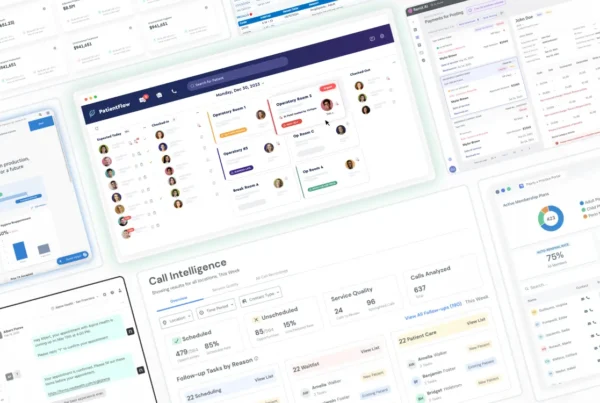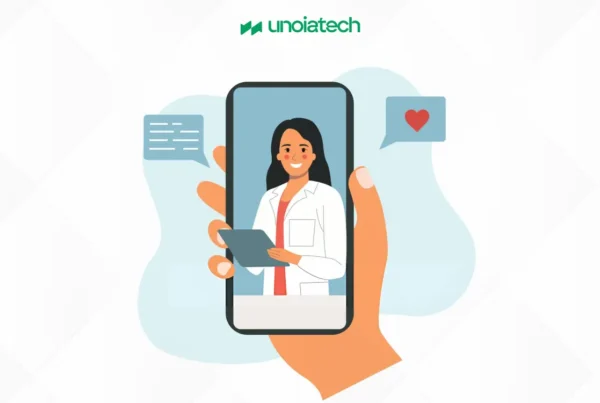
I recently had a discussion with someone who was interested in joining DelightChat but ended up asking me an intriguing question about startup validation: “How can I validate my Micro-SaaS idea before developing the product?” If you’re grappling with the same issue, this guide will help you validate your Micro-SaaS idea effectively.
Does anyone need your SaaS idea?
The first step in validating your Micro-SaaS idea is to confirm whether there’s a genuine need for it. The validation depth required will vary depending on the nature of your idea.
Is the Problem Real?
If your Micro-SaaS idea addresses a novel problem that lacks existing solutions, this is where you should focus most of your efforts. Understanding whether the problem is real and significant is crucial.
Validating Your Unique Value Proposition
If your idea builds on existing solutions, your task is to validate your unique value proposition (UVP). Your UVP should offer a compelling reason for users to choose your Micro-SaaS over current options.
Consider how your solution might:
- Simplify User Experience: If current tools are complex, your Micro-SaaS could stand out with a more intuitive interface.
- Reduce Costs: Offer a cost-effective alternative if existing solutions are too expensive, as Crisp Chat does with Intercom.
- Add Essential Features: Cater to specific needs that current solutions don’t address, similar to how ConvertKit focused on features for creators that MailChimp lacked.
To validate your UVP, talk to potential users to confirm if they find your offering beneficial compared to existing solutions.
The Problem Is Real. Is My Solution Actually Needed?
If your Micro-SaaS idea is based on an existing problem, the key to validating it lies in assessing your unique value proposition (UVP). Your UVP should offer something distinct that encourages users to choose your solution over current alternatives.
Consider the following aspects:
- Simplified User Experience: If existing solutions are complex, your Micro-SaaS could stand out with a user-friendly design. Many startups succeed by offering a more intuitive interface than incumbents.
- Cost Effectiveness: If current solutions are priced too high, an affordable alternative can attract a broader audience. For example, Crisp Chat provides a cost-effective option compared to Intercom.
- Essential Features: If existing tools lack specific features that certain users need, your Micro-SaaS could fill that gap. ConvertKit did this with features tailored for creators that MailChimp didn’t offer.
For each UVP, you must validate whether there is a genuine need. This involves interviewing potential users to determine if they struggle with current tools or if they’ve avoided purchasing needed software due to high costs or inadequate alternatives.
My Solution Is Needed. Are There Enough People Who Need It?
Once you’ve validated that the problem is real and that people desire your solution, the next step is to assess market size. Determine if your Micro-SaaS idea addresses a broad enough audience to sustain a viable business.
If your solution only appeals to a small group of 10 or 100 people, it might not support a viable business model. Ideally, your Micro-SaaS should have the potential to attract thousands of users, with a portion of them converting into paying customers to generate substantial revenue.
Find Real Users for Your Micro-SaaS Idea
To validate your Micro-SaaS idea, start by creating a sign-up landing page or form. This will help gauge interest as users who fill out the form are indicating their interest in your app.
But where can you find these users?
Let me know if there’s anything else you’d like to adjust!
Certainly! Here’s the rephrased content with the same structure, word limit, and tone, focusing on the keyword “validate Micro-SaaS idea”:
The Problem Is Real. Is My Solution Actually Needed?
If your Micro-SaaS idea is based on an existing problem, the key to validating it lies in assessing your unique value proposition (UVP). Your UVP should offer something distinct that encourages users to choose your solution over current alternatives.
Consider the following aspects:
- Simplified User Experience: If existing solutions are complex, your Micro-SaaS could stand out with a user-friendly design. Many startups succeed by offering a more intuitive interface than incumbents.
- Cost Effectiveness: If current solutions are priced too high, an affordable alternative can attract a broader audience. For example, Crisp Chat provides a cost-effective option compared to Intercom.
- Essential Features: If existing tools lack specific features that certain users need, your Micro-SaaS could fill that gap. ConvertKit did this with features tailored for creators that MailChimp didn’t offer.
For each UVP, you must validate whether there is a genuine need. This involves interviewing potential users to determine if they struggle with current tools or if they’ve avoided purchasing needed software due to high costs or inadequate alternatives.
My Solution Is Needed. Are There Enough People Who Need It?
Once you’ve validated that the problem is real and that people desire your solution, the next step is to assess market size. Determine if your Micro-SaaS idea addresses a broad enough audience to sustain a viable business.
If your solution only appeals to a small group of 10 or 100 people, it might not support a viable business model. Ideally, your Micro-SaaS should have the potential to attract thousands of users, with a portion of them converting into paying customers to generate substantial revenue.
Find Real Users for Your Micro-SaaS Idea
To validate your Micro-SaaS idea, start by creating a sign-up landing page or form. This will help gauge interest as users who fill out the form are indicating their interest in your app.
But where can you find these users?
Let me know if there’s anything else you’d like to adjust!
Use Google Ads to Find Micro-SaaS Users via Intent
Google’s search engine is an excellent tool for identifying users interested in your Micro-SaaS idea.
Start by installing a tool like Keywords Everywhere and purchasing $10 in credits (which should last for a year). Enter your relevant keywords into the search bar and examine the results and search volume for those keywords.
For example, when searching for “live chat software,” you might see specific search patterns and volumes.
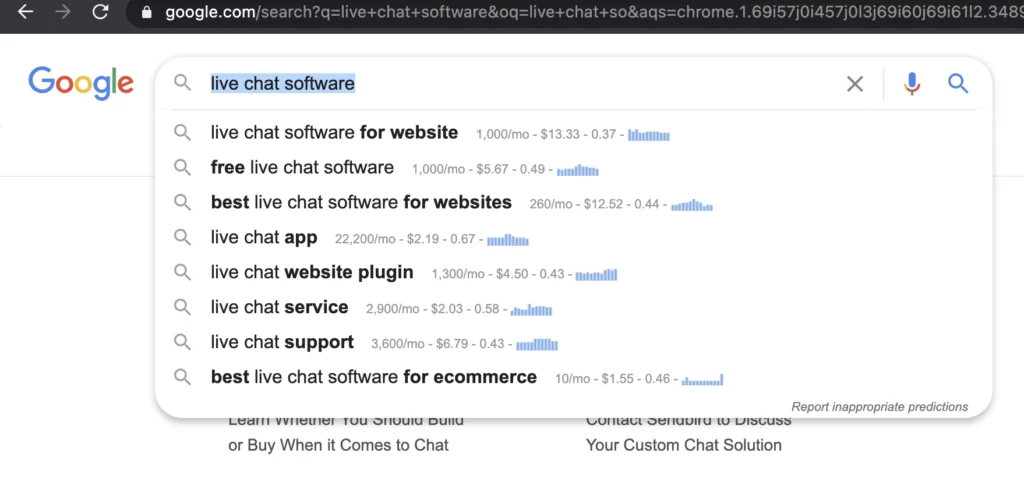
Similarly, consider “online video editor,” which generally has a higher search volume compared to “live chat software.” However, this doesn’t always indicate higher intent. Users searching for “online video editor” may be looking for free or temporary solutions, whereas “live chat software” often attracts serious buyers looking to integrate a tool into their website or application.

Use Facebook Ads to Find Micro-SaaS Users via Interest
If you’re adept at using Facebook Ads to target specific interests, craft an ad that addresses the primary pain point of your target users.
Clearly articulate the main issue your Micro-SaaS solves, and direct users to a landing page where they can sign up. Collect their emails and initiate conversations to gain deeper insights.
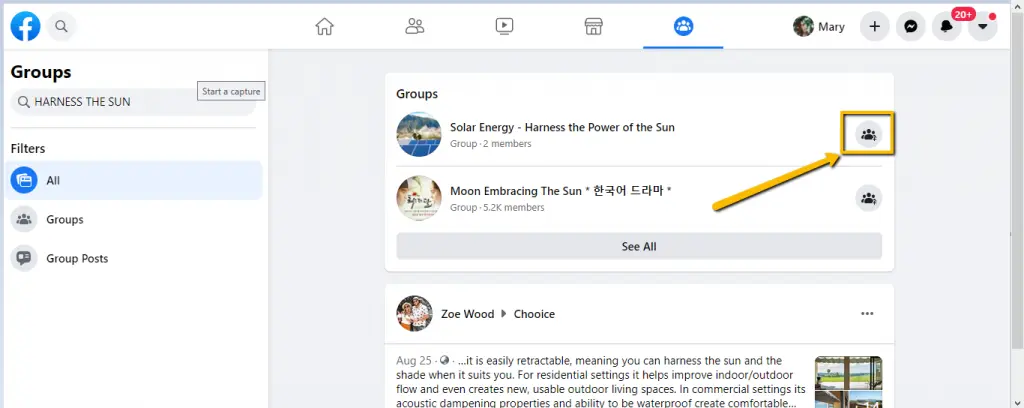
Explore Reddit for Micro-SaaS Users
Reddit is a valuable platform for finding users based on their interests. For instance, if you’re testing a habit tracker app, consider engaging with the Get Disciplined Subreddit, where users are focused on improving their habits.
For a Shopify-related app, you might find valuable feedback in the Shopify Subreddit, which has a large community.
Instead of posting, use Reddit’s search function to find discussions around relevant keywords within these Subreddits. Reach out to users via direct messages to validate your idea through 1:1 conversations.
Join Facebook Groups
Much like Reddit, Facebook hosts many interest-based groups. Join groups where your potential users congregate.
For example, if your Micro-SaaS targets Notion users, join groups dedicated to Notion enthusiasts or students using Notion for their studies.
Become a Member of Slack Groups
Consider joining Slack groups where users with relevant interests gather. For example, if your Micro-SaaS is aimed at remote workers, join groups like Remote Indian. Participate in discussions, ask questions, and engage with users through direct messages to validate your idea.
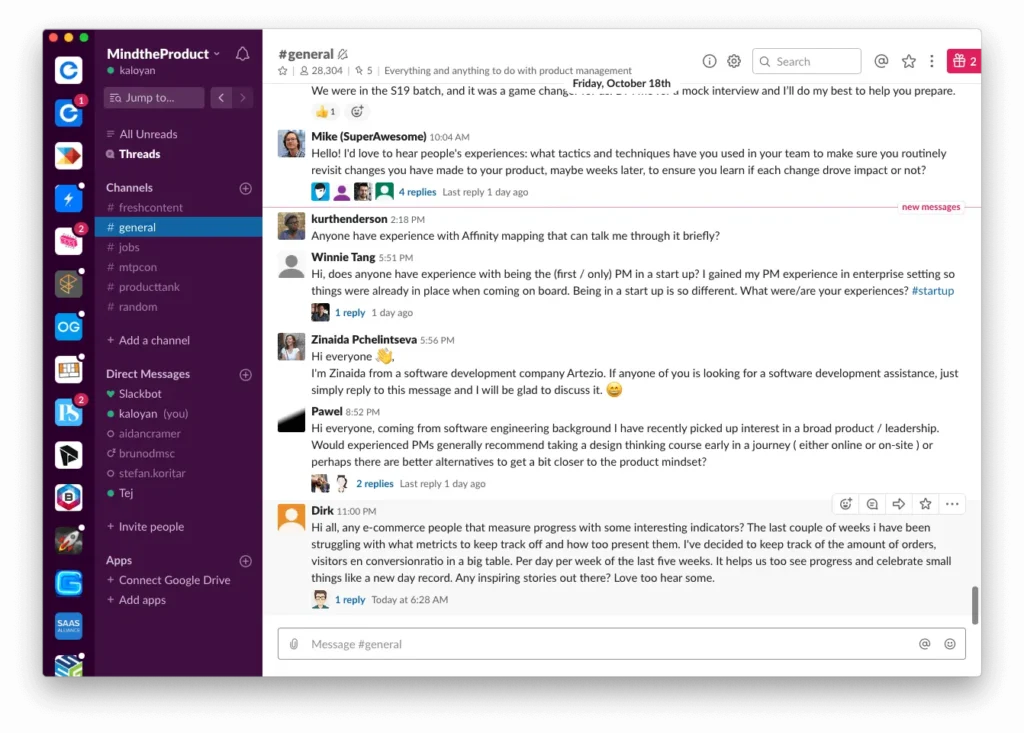
Find Niche Places Where Your Users Hang Out
Understanding where your potential users spend their time online is crucial. They might be:
- On Twitter: Use Twitter’s search to find and DM users who discuss relevant keywords.
- On LinkedIn: Send connection requests and engage in 1:1 conversations.
- In Niche Forums: Explore forums like Shopify’s Community forums for merchants and developers discussing their pain points.
- On Discord: Similar to Slack, Discord can also host relevant user communities.
The internet is vast, and there are many places where your target users might be active. If you struggle to find these spaces, it might be necessary to dig deeper or reassess if your target audience is too elusive.
Target keywords should follow the Pain-Point SEO framework. Once you identify a suitable keyword for Google Ads, direct the traffic to a landing page (you can use a tool like Carrd to create a simple one-pager). Collect sign-ups and arrange 1:1 calls with these users to understand their motivations.
How to Engage with Potential Users of Your SaaS
In previous sections, I’ve outlined what you should do. Now, here’s something you should avoid—don’t simply ask people if they need your SaaS idea.
Wondering why? As Henry Ford famously said, “If I had asked people what they wanted, they would have said faster horses.”
To truly validate your Micro-SaaS idea, focus on asking potential users:
- About the pain points they experience: Dig into the specific issues they face.
- The context of their problems: Understand the circumstances in which they encounter these issues.
- Current solutions: Find out what they are doing now to address these problems.
Are they using existing solutions? If so, which ones? If not, are they handling the issue manually or using a spreadsheet? How much time do they spend on it? Is it a recurring problem or a minor inconvenience? Do they see it as a significant issue needing a solution, or can they tolerate it without much disruption?
For deeper insights, I highly recommend reading The Mom Test by Rob Fitzpatrick. It’s an essential guide for entrepreneurs learning to converse with users and validate their ideas. The book takes about four hours to read but offers invaluable lessons for your entrepreneurial journey.
Validating Your Micro-SaaS Idea Effectively
While talking to users is valuable, the ultimate test of your SaaS idea is real-world behavior.
What does real-world behavior look like?
- Time Investment: People spending X hours per week solving the problem manually.
- Financial Investment: Companies spending $Y per month on existing solutions.
For further insights, explore Justin Jackson’s blog.
The most effective way to validate your Micro-SaaS idea is by creating a simple version of your product that clearly demonstrates its unique value proposition. Originally known as the Minimum Viable Product (MVP), this concept has evolved. Many people mistakenly believe an MVP only needs one feature and can be of poor quality.
Instead, I advocate for the Minimum Lovable Product (MLP) approach. An MLP is not just functional but delivers your core value proposition in a way that users will find appealing and continue to use—possibly even paying for it.
Ready to Build Your Own SaaS Success Story?
At Unoiatech, we specialize in helping businesses bring their SaaS vision to life. Whether you’re looking to scale, optimize, or launch from scratch, our team has the expertise to make it happen. Want to see how we helped one of our clients build a $900M SaaS product? Check out our case study here and discover how we can do the same for you.






